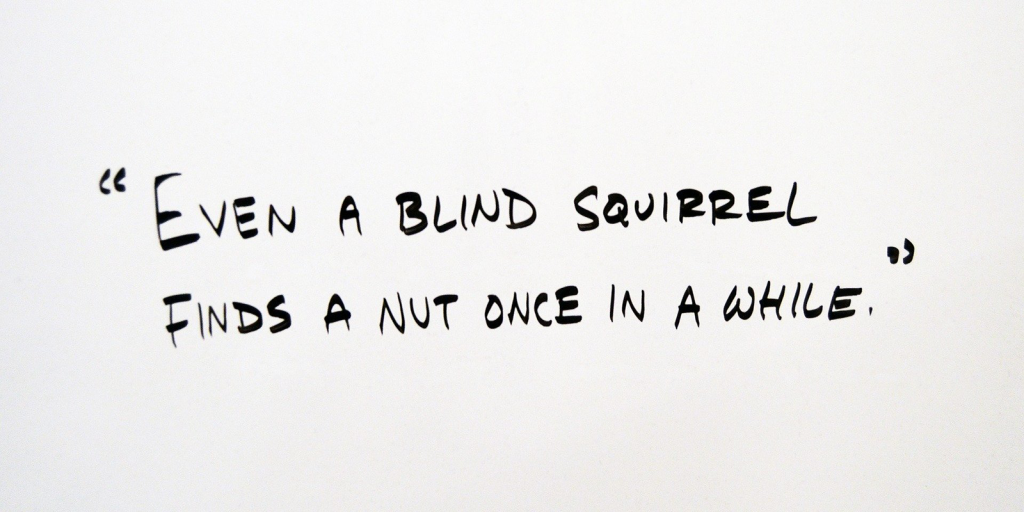The way you use quotations (the unchanged words of another) in your academic work is very important. Used sparingly, they can be incredibly powerful. Used too much and they break the flow of your writing and can read like you are trying to cover up a lack of understanding.
This post gives examples of times when a quotation is the best option and also looks at some of the conventions for using them in your text.
When to use a quotation
Quotations are the best way to refer to something in the literature if they are:
Defining something:
Teaching for creativity is defined as “forms of teaching that are intended to develop young peoples own creative thinking or behaviour” (Jeffrey & Craft, 2004:77).
Historically or otherwise significant:
In his 1988 speech to the United Nations, Gorbachov said “freedom of choice is a universal principle that should allow for no exceptions” (UN General Assembly, 1988:11). This was significant because …
Unusually or notably expressed:
Tilley (2008:91) described the work of a research ethics review as “a troubled dance” implying that …
Very short – and you want it to be clear the word or words came from the literature:
Merging all our emergency services with some social services to form a single “harm-response service” (Hope et al., 2014:14) would be a drastic yet potentially beneficial solution.
Specific to your point and therefore more persuasive than a paraphrase:
Critical thinking, it has been argued, is “a defining condition of
higher education” (Davies & Barnett, 2015:27). As such, it should be …
Conventions for writing quotations
So, you have decided to use a quotation but what conventions are there for incorporating them into your writing? The above examples give you some indication but here are some rules to follow:
- Always give the page number of where you found the reference. This differs for different referencing systems:
- Hull Harvard = (Surname, Date:No) i.e. (Smith, 2019:4)
- APA = (Surname, Date, pNo) i.e. (Smith, 2019, p.4) or (Smith, 2019, pp.4-5)
- Hull Footnotes = follow full or short footnote reference with a comma and then the Page No i.e. Footnote, 4.
- OSCOLA = differs for reference types so please see your full guidance
- Short quotations (less than 20 words, 40 for APA) write within your paragraph, surrounded by double quotation marks.
- Long quotations (20 words or more, 40 for APA) write in a separate paragraph indented from both margins by 1cm. Quotation marks are not required.
- If you want to add words to a quotation (to make them make sense out of context) put the extra words in square brackets.
- If you want to remove words from a quotation (taking care to keep the meaning the same) use an ellipsis (…). Put a space before and after the ellipsis.
- If you want to indicate you are quoting as written, even if there is a mistake, put (sic) after the mistake. For example, in the first quotation on this blog, “peoples” should really have been “people’s”. This should be indicated as follows:
Teaching for creativity is defined as “forms of teaching that are intended to develop young peoples (sic) own creative thinking or behaviour” (Jeffrey & Craft, 2004:77).
References
Davies, M. & Barnett, R. (eds) (2015) The Palgrave handbook of critical thinking in higher education. Basingstoke: Palgrave Macmillan.
Hope, T., Stanley, C., McMahon, T., Bowling, B., Moore, J. & Beaumont, J. (2014) I would give up… Criminal Justice Matters, 96(1), 14-17.
Jeffrey, B. & Craft, A. (2004) Teaching creatively and teaching for creativity: distinctions and relationships. Educational Studies, 30(1), 77-87.
Tilley, S. (2008) A troubled dance: Doing the work of research ethics review. Journal of Academic Ethics, 6(2), 91-104.
UN General Assembly (1988) Provisional verbatim record of the seventy-second meeting (7th December 1988, A/43/PV.72). New York: United Nations. Available online: https://digitallibrary.un.org/record/54974/files/A_43_PV.72-EN.pdf [Accessed 29/10/2019].

